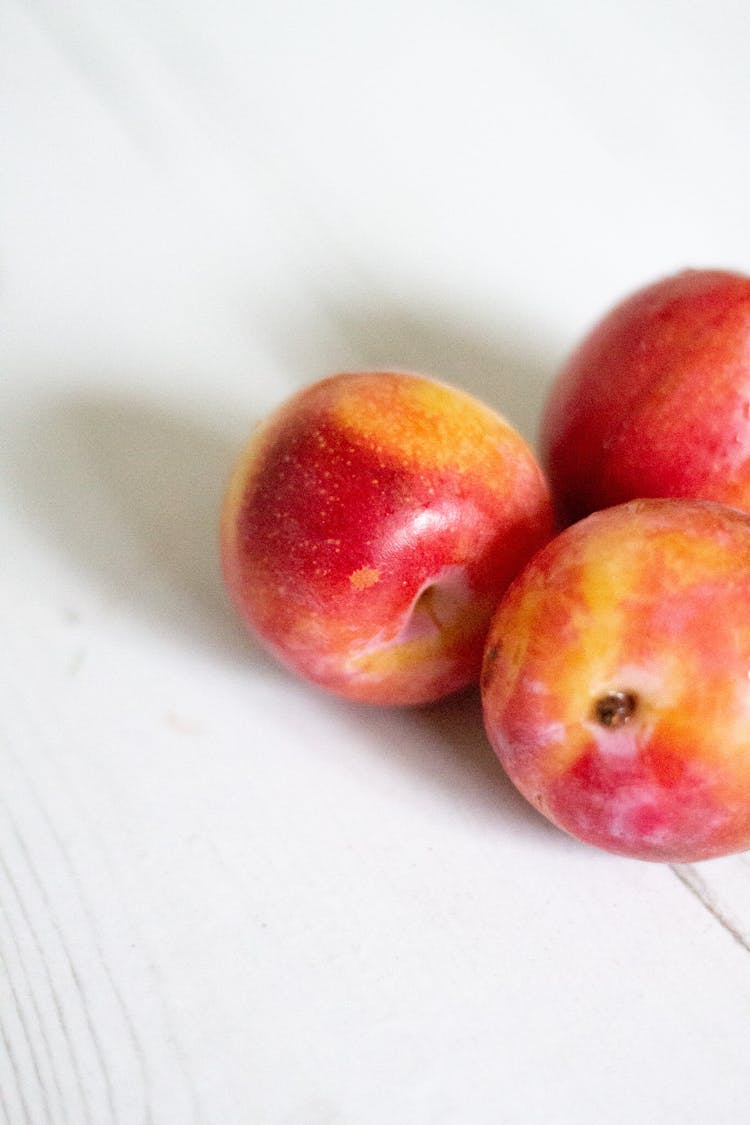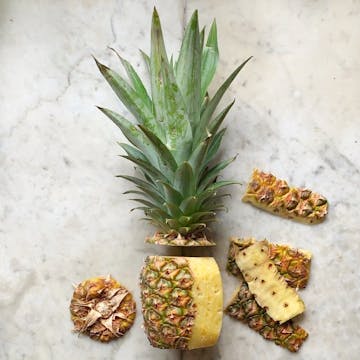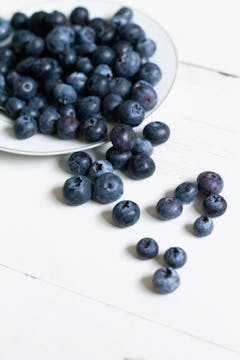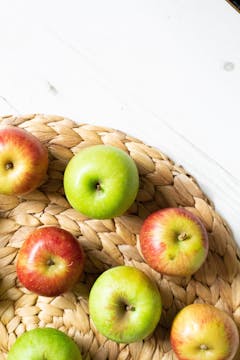Fermentation 101: Turn your fruit scraps into these delicious drinks
Fermenting might sound either very cheffy or far too daunting, but you might be surprised to learn that fermenting fruit to make vinegars, shrubs, fizzy drinks or kombuchas is incredibly simple and you don’t need any fancy equipment to do it. You can ferment either a glut of whole fruits or use the scraps, peelings and odds and ends to help cut your food waste and create delicious drinks in the process.

FRUIT KVASS
This fizzy, effervescent and refreshing drink hails from Eastern Europe and while traditionally made by fermenting rye bread, you can make a grain-free version just by fermenting ripe fruit.
Best for…
Whether you’ve got a glut of over-ripening apricots, rhubarb, plums or berries, or a batch of pineapple peelings, apple cores or any fruit peelings, you’re bound to make a tasty kvass!
How to:
- You will need fruit (the riper, the better), filtered water and sugar or honey. You can also add seasonings if you wish, like a cinnamon stick, fresh ginger or a vanilla pod.
- Berries can be used whole, mash any firm-skinned fruit, like pears or citrus, and chop everything else.
- Place in a large, clean jar and cover with filtered water, then stir in about a tablespoon of honey or sugar. The more sugar you add, the fizzier it will get – experiment! There are no rules! Just make sure that there’s about an inch of space at the top of the jar to allow for pressure build-up from the fermenting fruit.
- Loosely cover with the lid and leave at room temperature for up to three days, tightening the lid and shaking it two to three times a day. After about 24 hours, you’ll see it start to fizz. Once it’s bubbling vigorously and the fruit is fermenting, strain out the fruit and bottle the fizzy kvass.
- Store in a bottle and secure with the lid and leave it for a day or two more if you want a very carbonated drink.
PINEAPPLE TEPACHE
Pineapple tepache is a Mexican fermented fizzy drink made using pineapple peelings and the tough core. It follows a similar rule to kvass, combining fruit with water and sugar to create a refreshing beverage. In Mexico, it’s traditional to use piloncillo, which is unprocessed, pure cane sugar. It can be tricky to find in the UK, so swap in any cane sugar instead.
How to:
- To make it, place the roughly chopped peelings and core of a pineapple into a large, clean jar. Cover with filtered water and stir in the piloncillo or cane sugar – you want about 250g of sugar to 2 litres of water.
- Add a cinnamon stick or some cloves for flavour, if you like. Cover with a piece of muslin or a J-cloth and secure with an elastic band, then leave to ferment at room temperature.
- After 24 hours, skim away any white foam from the surface, then cover again for another day or two.
- Strain and serve your delicious tepache in a large jug of ice with a little more sugar to taste. Perfect summer drinking!
KOMBUCHA
Kombucha is a fermented sweet tea that is tangy and tastes a little like cider. While you don’t need fruit to make kombucha, your scraps will add delicious flavour to your final fizz. To make kombucha you will need to buy a SCOBY – readily available online, a SCOBY is a mix of bacterias and yeasts that work to ferment your tea. It doesn’t look pretty, but don’t be alarmed, these SCOBYs are living organisms that work like magic.
Best for…
To flavour your kombucha, decant it into a clean bottle without the SCOBY, then add your chosen fruit scraps – a glut of berries, pineapple peelings, apple cores would work well. Then, cap it and leave it in the fridge for a couple of days to infuse and fizz. Delicious!
How to:
- To make kombucha, make a sweet tea. Add 2 litres of boiling water to a heatproof container or pan with about 6 tea bags (we’ve used black or green tea but it’s important you don’t use herbal tea) and 180g of cane sugar.
- Stir well and leave to cool to room temperature, then pour into a large, clean jar and place the SCOBY on top.
- Cover the top of the jar with a piece of breathable material, like muslin, cheesecloth or a J-cloth, then leave to ferment for about 10 days at room temperature. Once it’s tasting slightly vinegary, it’s ready to drink!
Not a drink but a great way to use fruit scraps…
…FRUIT VINEGAR!
This works brilliantly with any fruit skins, seeds, cores, the raw pulp leftover from juicing or any chopped bits and pieces. All you need to do is combine your fruits, which are naturally covered with wild yeasts and bacteria which aid fermentation, with water and sugar, and leave it to ferment.
Best for…
Most fruits work here, including berries, pears, apples, stone fruit and pineapple.
How to:
- To a two-litre jar, add your fruit scraps, then pour over enough water to cover. Stir in a tablespoon of sugar or honey. Cover the mouth of the jar with a breathable fabric, like a J-cloth or a piece of muslin that will allow oxygen to circulate without attracting any pesky fruit flies.
- Set aside out of direct sunlight for anywhere between a week to two weeks, stirring everyday. Taste it every so often – once it tastes sharp and tangy, like vinegar, it’s ready.
- Strain out the scraps, then store in a clean bottle in the fridge. Use your vinegar in salad dressings or dilute it with fizzy water for a sharp, but very refreshing drink.




